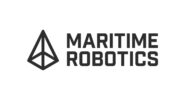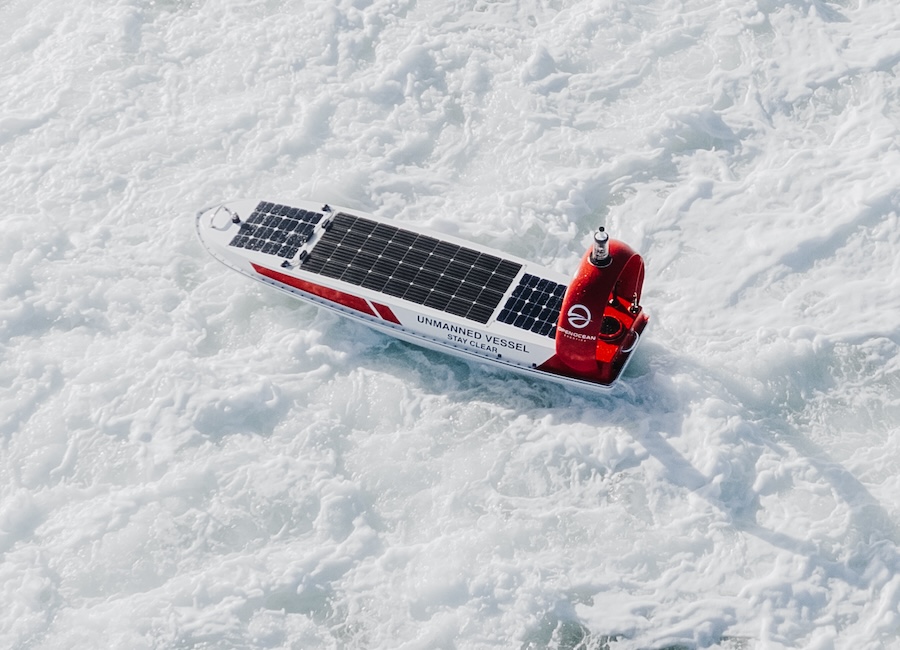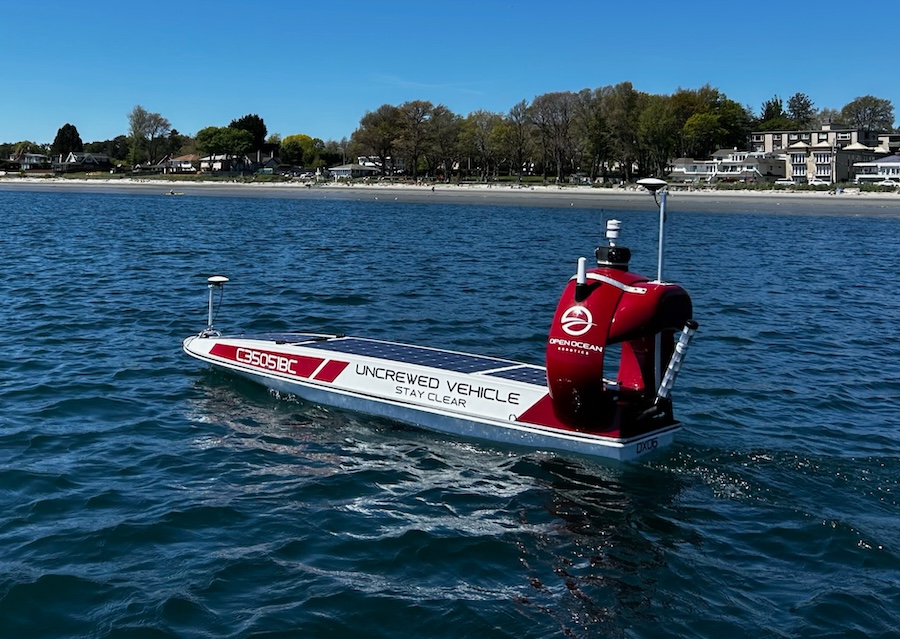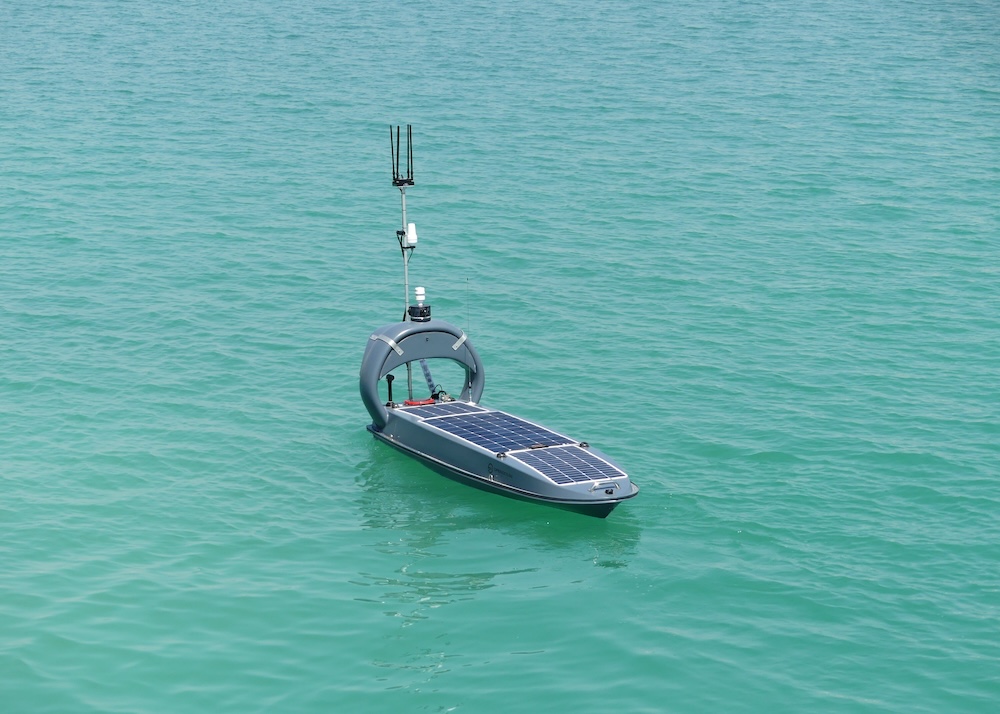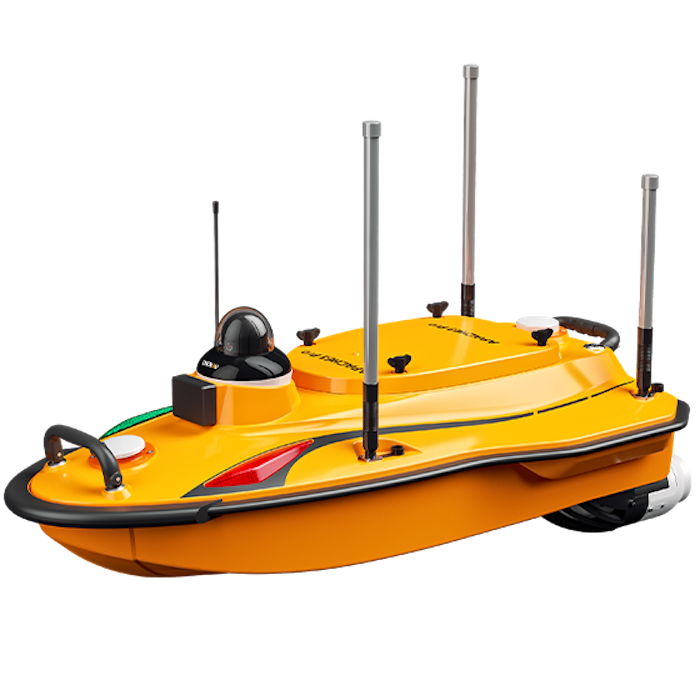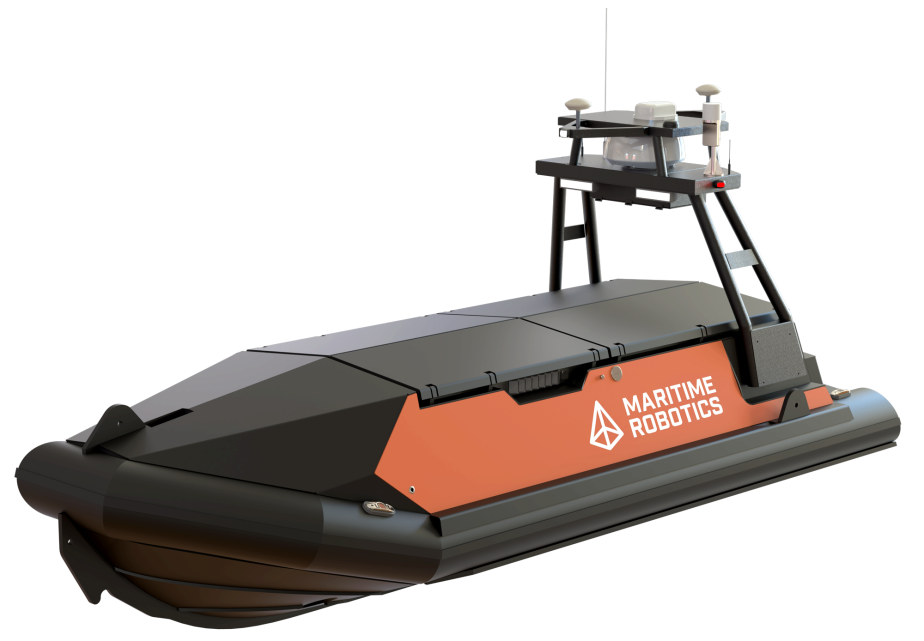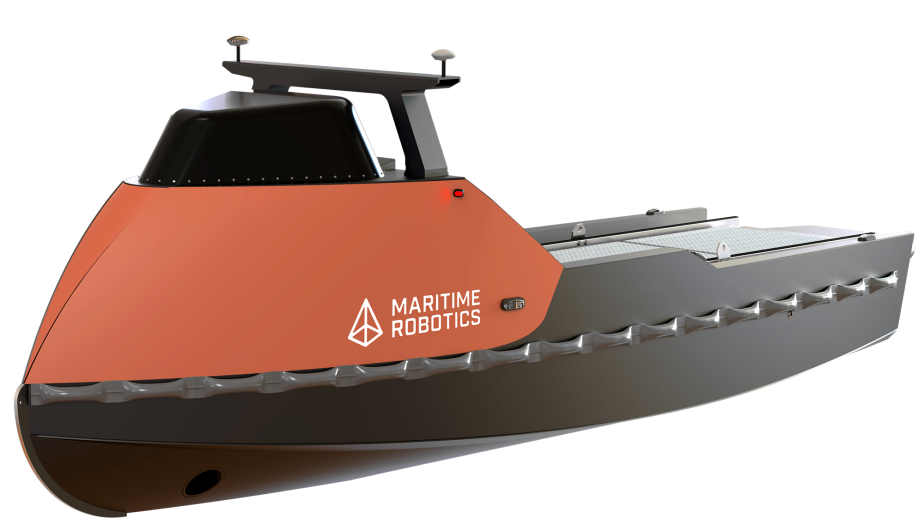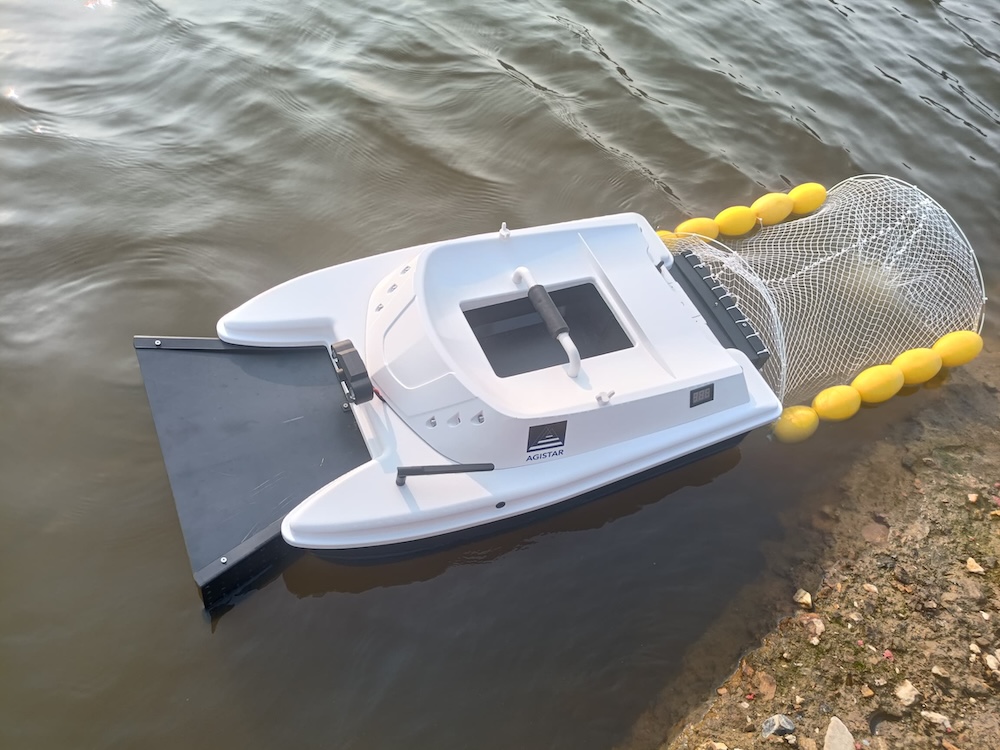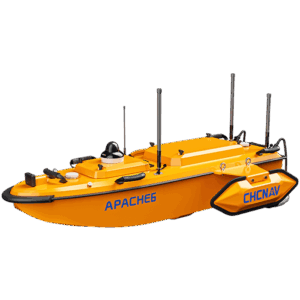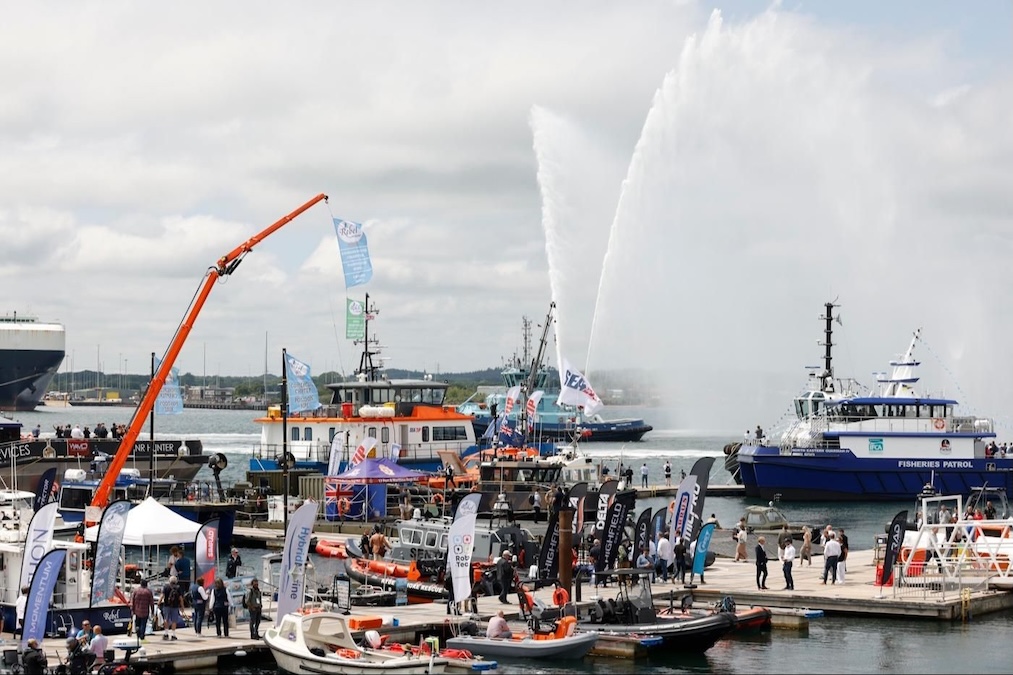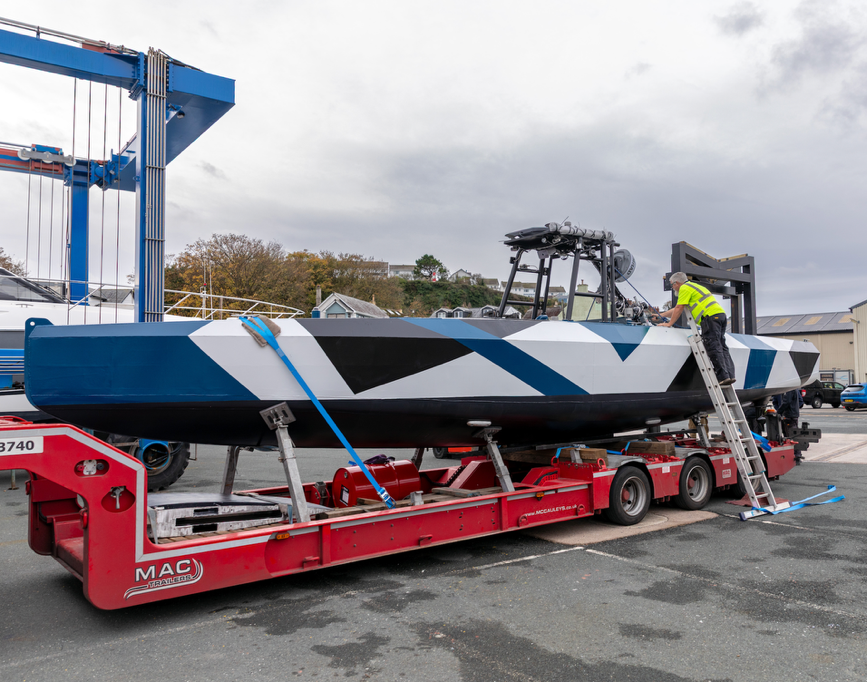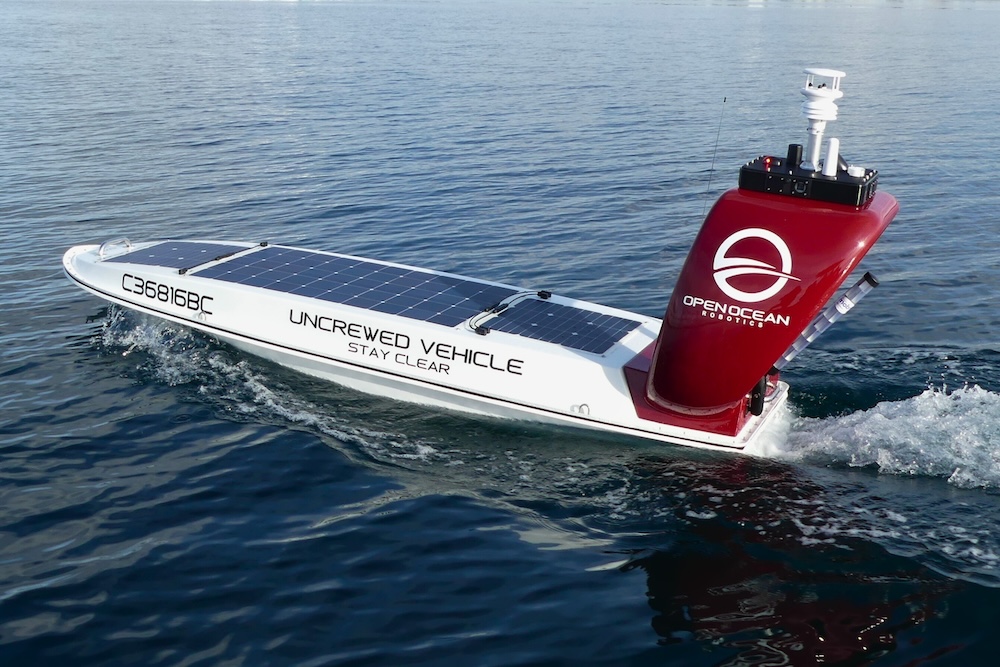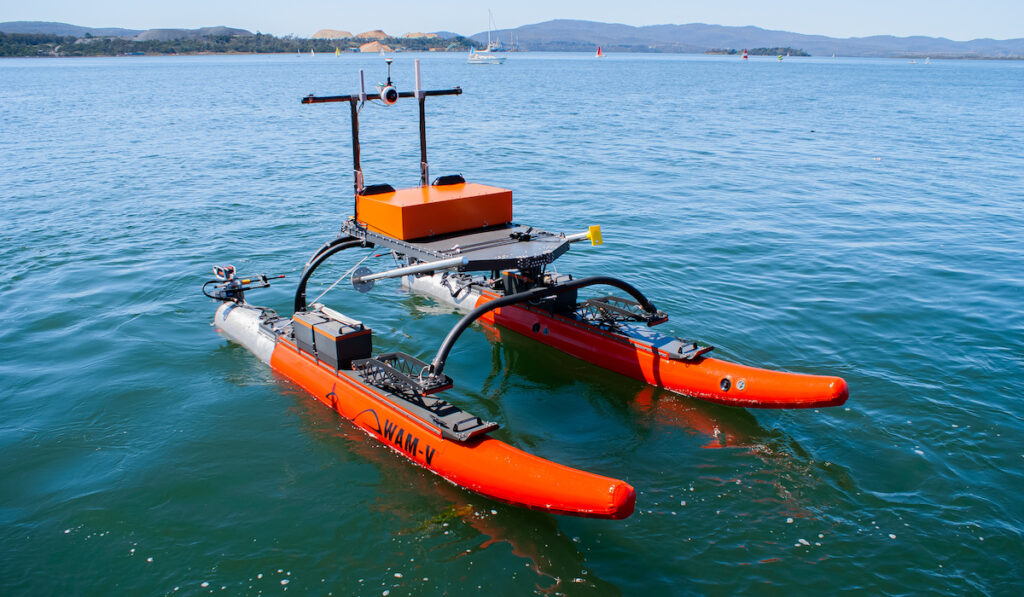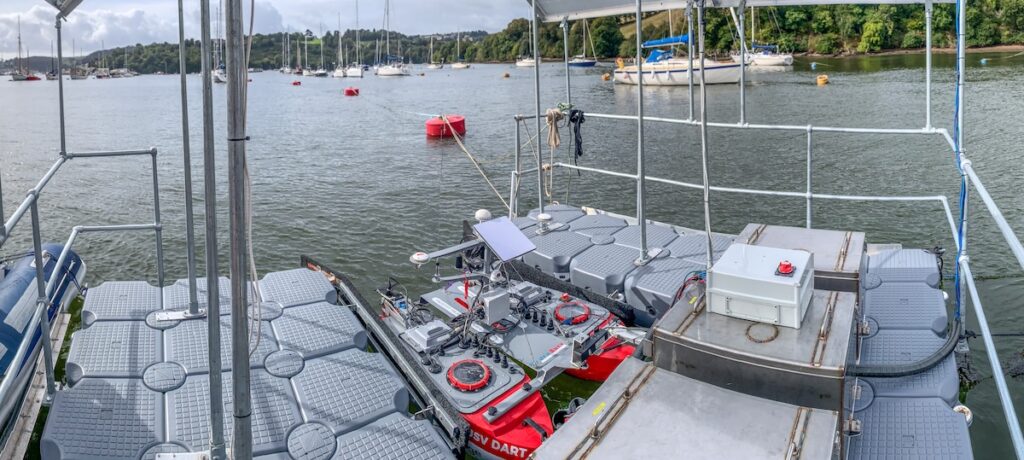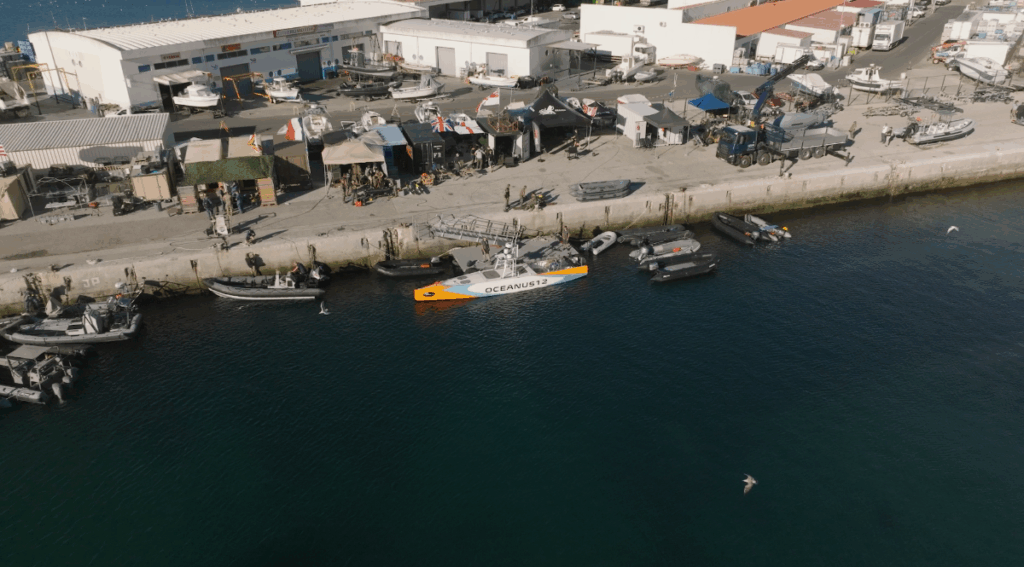Suppliers
Add your company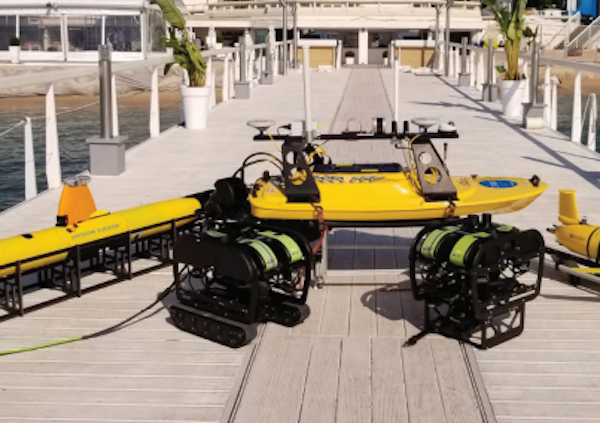
High-Performance Instruments, Sensors & Technologies for Exploring & Monitoring Subsea Environments

Reliable Solar-Powered USVs for Real-Time Oceanographic & Maritime Data Acquisition

Professional Marine Survey Solutions for Ultra-Efficient Hydrographic, Bathymetric & Hydrological Data Collection
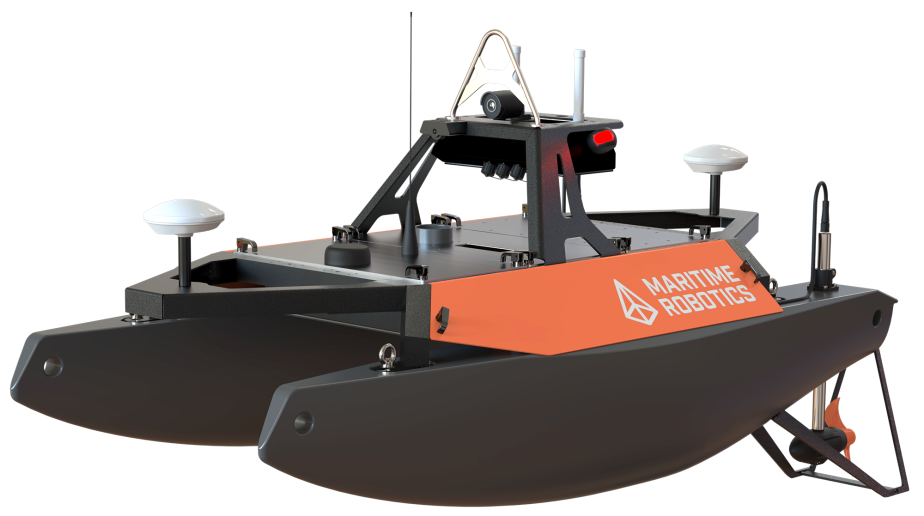
Innovative Autonomy & Uncrewed Vessel Technologies for Maritime Operations

Cutting-Edge Surveying, Positioning & Sensing Solutions for Hydrographic & Oceanographic Applications
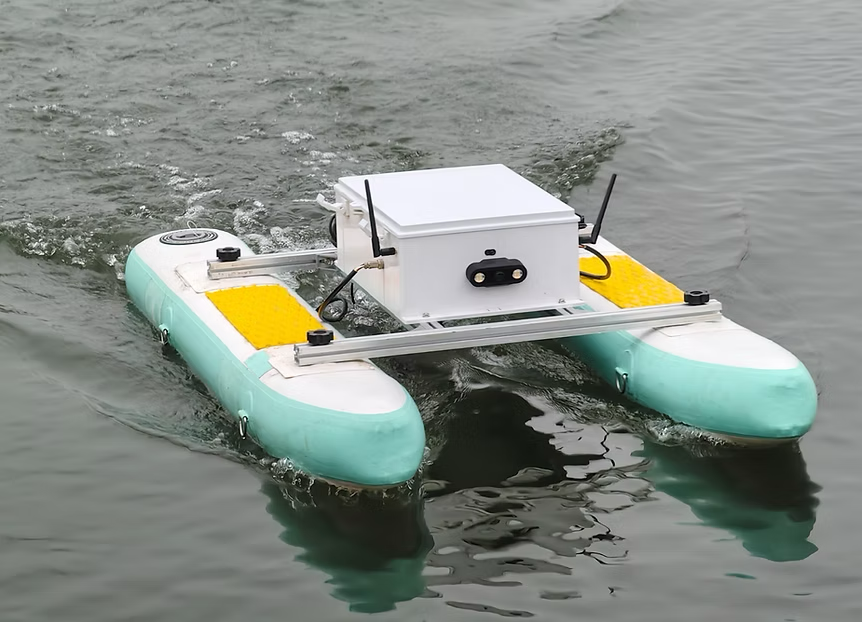
Robotic & Remote-Controlled Solutions for Waste Collection, Rescue Operations, & Aquatic Data Collection
If you design, build or supply Autonomous Surface Vehicles, create a profile to showcase your capabilities on this page
Products
Autonomous Surface Vehicles (ASVs)
Introduction to Autonomous Surface Vehicles
Autonomous Surface Vehicles (ASVs) are unmanned, self-navigating vessels supporting maritime operations across scientific, defense, and industrial sectors. Operating entirely on the water’s surface without the necessity of a direct human operator, ASVs are capable of executing a vast array of missions, from compact, slower-speed coastal survey craft to large, high-endurance, ocean-going platforms. Their architecture is fundamentally engineered for reliable autonomy, typically featuring redundant propulsion, sophisticated integrated navigation and control suites, and intelligent payload management modules.
By automating routine and hazardous tasks, ASVs significantly extend human reach across the maritime domain, consistently delivering high-resolution, dependable data from environments that would otherwise be too costly, dangerous, or logistically complex for crewed vessels to access effectively.
Applications of Autonomous Surface Vehicles
The role of Autonomous Surface Vehicles in modern maritime domains is rapidly expanding, cementing their position as critical assets in multiple high-value industries.
Ocean Science and Environmental Monitoring
For ocean scientists, ASVs function as persistent, mobile data-gathering platforms. They are essential for near-continuous environmental monitoring, supplying critical information that seamlessly complements data from satellite and underwater assets. This includes tracking climate processes, mapping ocean dynamics, and monitoring sensitive ecosystems, contributing foundational data for detailed environmental models.
Defense, Security, and Naval Operations
Naval forces are increasingly leveraging ASVs as autonomous sentinels. Their roles encompass persistent surveillance and reconnaissance, hydrographic support, and highly effective mine countermeasure operations. They autonomously patrol coastal or high-value harbor zones, sharing real-time situational data across secure networks. Furthermore, they act as force multipliers, expanding the sensor coverage and operational reach of manned naval assets while minimizing the risk to personnel in contested or hazardous environments.
Offshore Energy and Industrial Inspection
In the demanding offshore industries, including oil, gas, and renewable energy, ASVs are critical for inspection, structural asset management, and environmental compliance. They drastically reduce the need for expensive, crewed support vessels by autonomously operating in hazardous zones. Equipped with specialized sonar and imaging systems, they inspect subsea infrastructure, monitor for leaks, and assess the structural integrity of platforms, pipelines, and wind farm foundations.
Advantages of ASVs Over Crewed Vessels
Autonomous Surface Vehicles offer a significant change in the safety, efficiency, and economics of maritime operations.
-
Enhanced Safety: The most significant advantage is the removal of personnel from dangerous missions, such as operations during severe weather events or in areas contaminated by ordnance or chemical hazards.
- Superior Endurance: Their often compact size and highly efficient propulsion (including solar or hybrid systems) allow for significantly extended operation with minimal or zero reliance on fuel or physical maintenance for periods stretching into weeks or months.
- Reduced Cost: Operational costs are drastically lowered by eliminating the need for large crews, life support systems, and associated logistics required by traditional survey vessels.
- Precision and Repeatability: ASVs are engineered to maintain exceptionally precise position-holding and execute highly repeatable survey patterns with sub-meter accuracy. This capability is crucial for achieving consistent and high-quality data products, especially in hydrographic surveying.
Core Systems & Technologies of ASVs
The reliable functionality of an Autonomous Surface Vehicle is dependent upon a sophisticated suite of integrated hardware and software components.
Navigation and Guidance Systems
Reliable navigation is the foundational requirement for safe and effective ASV autonomy, necessitating a multi-sensor approach. These systems continuously fuse data from multiple, redundant sources to maintain high-integrity positioning, typically combining Global Navigation Satellite Systems (GNSS) for primary fixes with Inertial Navigation Systems (INS) to maintain accurate positioning during periods of GNSS signal degradation or obstruction. Additionally, Doppler Velocity Logs (DVLs) measure velocity relative to the seafloor or water column, significantly enhancing the accuracy of dead reckoning calculations.
Advanced sensor fusion algorithms continuously synthesise this combined data, enabling accurate dead reckoning, precise position holding, and real-time course correction essential for dynamic maneuvering. Furthermore, integrated radar and LiDAR systems are essential perception tools that provide robust obstacle detection and avoidance capabilities, allowing the ASV to adapt its route safely and in strict compliance with the International Regulations for Preventing Collisions at Sea (COLREGs).
Perception and Environmental Sensing Payloads
The versatility of an ASV is largely defined by its payload capacity, which is chosen based on the mission objective. For baseline navigation and situational awareness, they utilize radar, LiDAR, and electro-optical/infrared (EO/IR) cameras. For specific oceanographic or hydrographic missions, the sensor suite may include:
- CTD (Conductivity, Temperature, Depth) sensors.
- ADCPs (Acoustic Doppler Current Profilers).
- Fluorometers and chemical sensors for water quality.
- Multibeam echosounders and side-scan sonars for seabed mapping.
Data from these instruments is often fed into onboard mission processors for immediate quality control, which allows for real-time, adaptive mission planning in response to observed environmental conditions or targets.
Propulsion and Power Systems
ASV propulsion designs are diverse, ranging from traditional diesel and outboard engines to fully electric or hybrid configurations. To balance extended endurance with reduced acoustic and emission signatures, many modern platforms employ diesel-electric setups. A key technology for persistent, long-duration missions is the integration of renewable energy sources (such as solar arrays, wind-assisted propulsion, or even hydrogen fuel cells), allowing for low-power survey operations that can continue for many months without external refueling.
Autonomy and Control Software
The autonomy software is the intelligence layer, meticulously dictating how the ASV perceives its environment, plans its tasks, and executes actions with minimal human oversight. Control modes vary significantly, ranging from remote, supervisory control to sophisticated, fully autonomous decision-making leveraging AI-based algorithms for complex scenarios. Core functional requirements are executed through specialized software modules, including efficient mission planning, accurate adaptive waypoint navigation, and dynamic obstacle avoidance and re-tasking capabilities based on real-time sensor feedback.
Crucially, COLREGs compliance is an embedded, non-negotiable feature within the control logic, which autonomously manages the vessel’s movement and interactions to ensure safe operation and regulatory adherence when navigating in proximity to manned maritime traffic. The increasing use of machine learning models further enhances predictive navigation, optimizes wave adaptation, and facilitates cooperative behaviors within multi-vehicle autonomous fleets.
Integration within the Autonomous Maritime Ecosystem
Modern Autonomous Surface Vehicles are rarely isolated systems. They are increasingly deployed as part of multi-domain autonomous fleets, seamlessly operating alongside Autonomous Underwater Vehicles (AUVs) and Unmanned Aerial Vehicles (UAVs). These integrated systems share mission-critical data and coordinate their actions via common, networked command frameworks. This allows for simultaneous data acquisition across the surface, subsurface, and aerial domains. The synergy provided by unified control software and advanced data fusion architectures is rapidly moving the industry toward the concept of a truly comprehensive, networked “digital ocean” operational environment.
Emerging Technologies in Autonomous Survey Vessels
The capabilities of maritime autonomous survey vessels are continually being advanced by leading-edge marine survey technologies.
AI, Machine Learning, and Digital Twins
Artificial intelligence (AI) is rapidly elevating ASV performance. Machine learning algorithms are used to analyze complex sensor data for rapid target classification, predict vessel motion and behavior in dynamic sea states, and optimize energy-efficient routing. Digital twin technologies, which create high-fidelity virtual replicas of the ASV and its operating environment, are becoming indispensable for purposes such as predictive maintenance, rigorous mission rehearsal, and simulation of long-term system behavior under diverse and extreme conditions.
Sustainable Power Sources
The global drive toward sustainable autonomy is accelerating the development of renewable energy-powered ASVs. Platforms utilizing solar and wind-assisted propulsion can achieve theoretically indefinite endurance for low-power observation tasks. For larger, higher-powered, and long-range platforms, hydrogen fuel cells offer a high-density, clean energy solution. These advancements not only reduce the environmental footprint of operations but also enable persistent, long-term, and zero-emission ocean monitoring campaigns.







